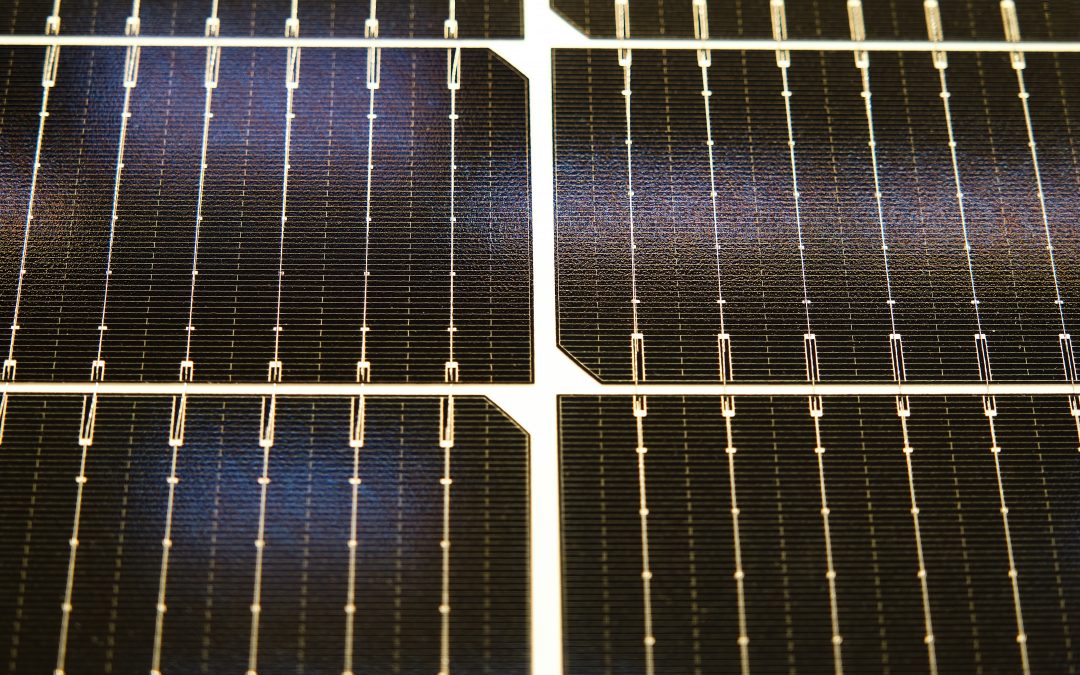The solar energy industry is witnessing remarkable advancements, with innovations such as perovskite solar cells and bifacial modules leading the charge. These technologies promise significant improvements in efficiency, cost-effectiveness, and versatility, pushing the boundaries of what’s possible in solar energy. This blog delves into these cutting-edge technologies and their potential impact on the future of solar power.
Perovskite Solar Cells: Revolutionizing Solar Efficiency
What Are Perovskite Solar Cells?
Perovskite solar cells are a type of photovoltaic technology that uses a compound called perovskite to absorb sunlight and convert it into electricity. Named after the mineral structure they mimic, these cells have garnered significant attention due to their impressive efficiency rates and potential for low-cost production.
Advantages of Perovskite Solar Cells
- High Efficiency: Perovskite solar cells have shown rapid improvements in efficiency, reaching over 25% in laboratory settings. This is comparable to, and sometimes even exceeds, the efficiency of traditional silicon-based solar cells (Nexamp).
- Lower Production Costs: The materials and manufacturing processes for perovskite cells are less energy-intensive compared to silicon cells, potentially reducing overall production costs.
- Flexibility: These cells can be manufactured on flexible substrates, opening up possibilities for new applications such as lightweight, portable solar panels, and building-integrated photovoltaics (BIPV).
Challenges and Future Prospects
Despite their promise, perovskite solar cells face challenges, particularly in terms of long-term stability and scalability. Research is ongoing to address these issues, and with continued advancements, perovskite cells could become a mainstream solar technology in the near future.
Bifacial Solar Modules: Capturing Light from All Angles
What Are Bifacial Solar Modules?
Bifacial solar modules are designed to capture sunlight on both the front and back surfaces, significantly boosting their overall energy generation. This dual-sided approach allows them to harness reflected light from the ground or nearby surfaces, making them ideal for a variety of installation environments.
Benefits of Bifacial Modules
- Increased Energy Output: By capturing sunlight from both sides, bifacial modules can generate up to 30% more energy than traditional, monofacial panels (Nexamp). This increased efficiency can result in higher energy yields and improved return on investment.
- Versatility in Installation: Bifacial panels can be installed in various configurations, including ground-mounted systems, rooftops, and vertical installations. Their performance is particularly enhanced when installed over reflective surfaces, such as white roofs or sandy grounds.
- Durability and Longevity: Often built with robust materials, bifacial modules are designed to withstand harsh environmental conditions, potentially offering longer lifespans compared to traditional panels.
Implementation Considerations
The effectiveness of bifacial modules depends on factors such as installation angle, height, and the albedo (reflectivity) of the surrounding surface. Proper installation is crucial to maximize their performance and energy output.
The Impact on Solar Energy Adoption
Efficiency and Cost-Effectiveness
Both perovskite solar cells and bifacial modules contribute to increased efficiency and cost-effectiveness in solar energy systems. By offering higher energy yields and potential cost savings, these technologies make solar power more attractive to a broader range of users, from residential homeowners to large-scale commercial and industrial projects.
Sustainability and Environmental Benefits
Innovations in solar technology also support sustainability goals by reducing the carbon footprint associated with energy production. Perovskite cells, with their lower manufacturing energy requirements, and bifacial modules, with their higher efficiency, both contribute to a more sustainable energy landscape.
Integration and Versatility
The flexibility and versatility of these technologies enable new applications and integration methods. For instance, the potential for perovskite cells to be used in BIPV means buildings can generate their own power seamlessly. Bifacial modules’ adaptability to various environments enhances their usability in diverse geographic locations and installation types.
The advancements in perovskite solar cells and bifacial modules represent significant strides in the solar energy sector. These technologies promise to enhance the efficiency, cost-effectiveness, and versatility of solar power systems, making renewable energy more accessible and appealing. As research and development continue to address existing challenges, we can expect these innovations to play a crucial role in the future of solar energy.
For more information and updates on these cutting-edge technologies, stay tuned to our blog. If you’re interested in exploring how these innovations can benefit your home or business, contact Renewable Energy Corporation today for a consultation!


Recent Comments